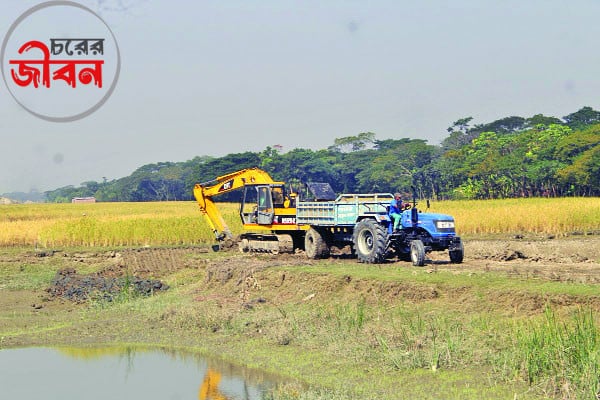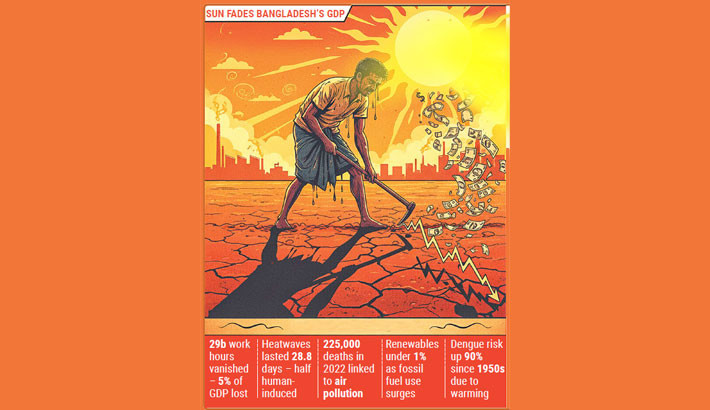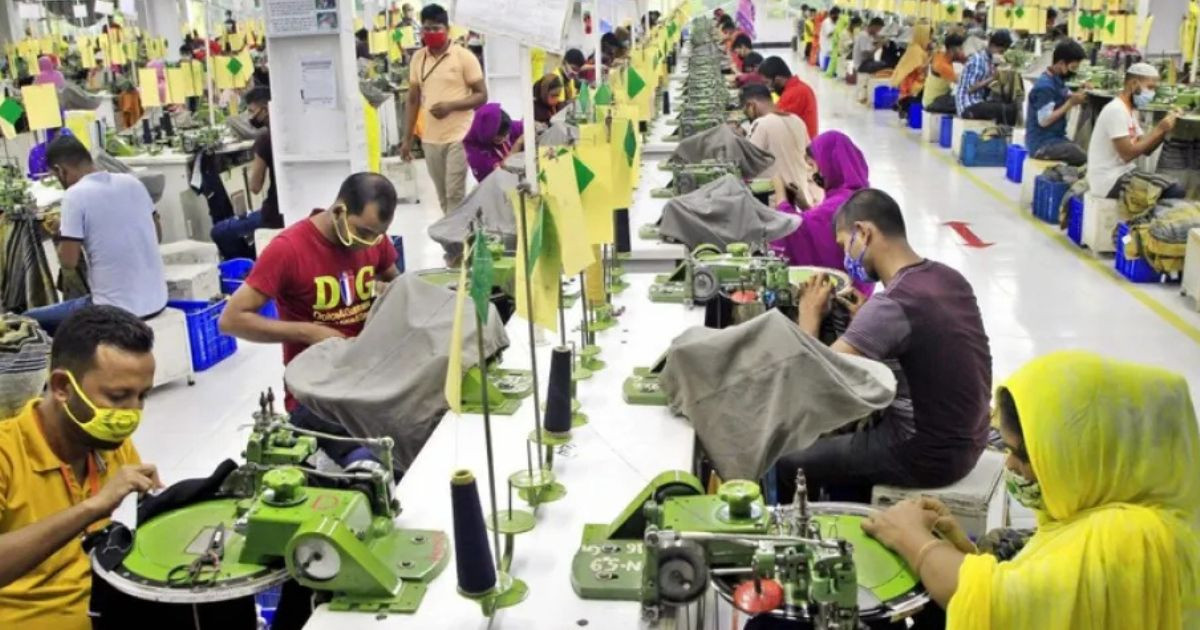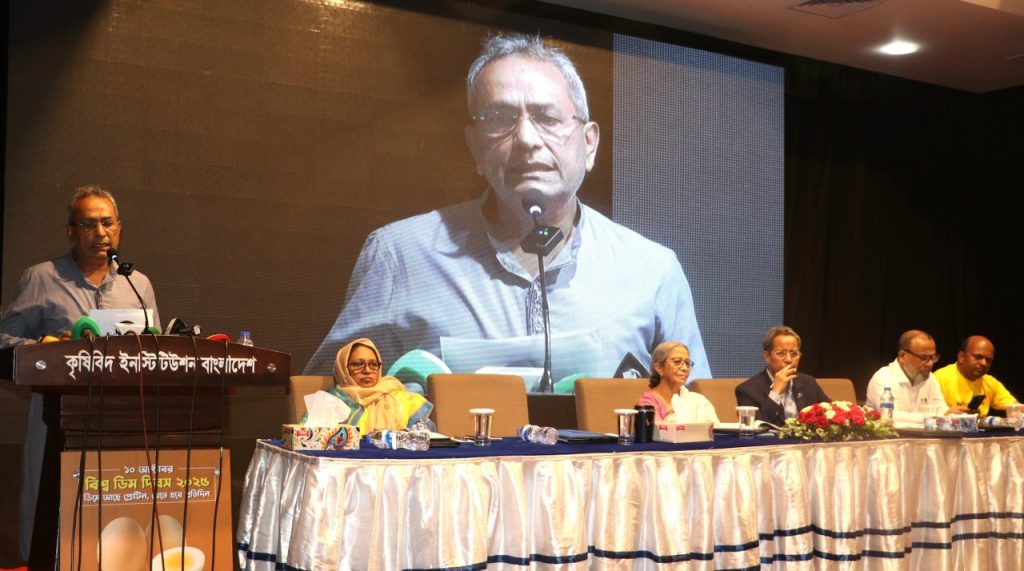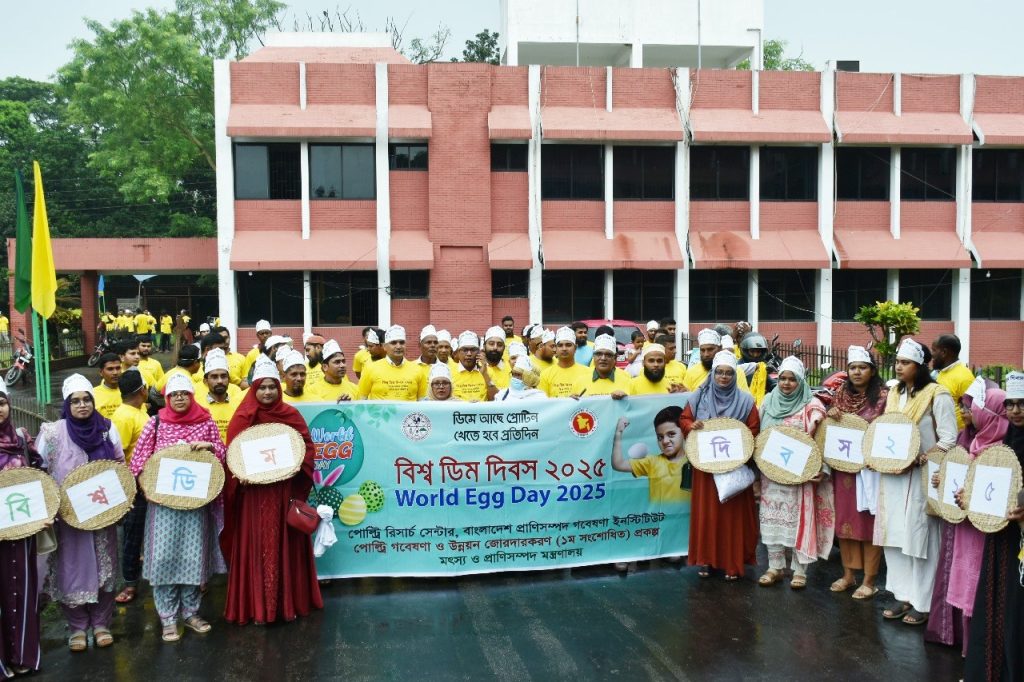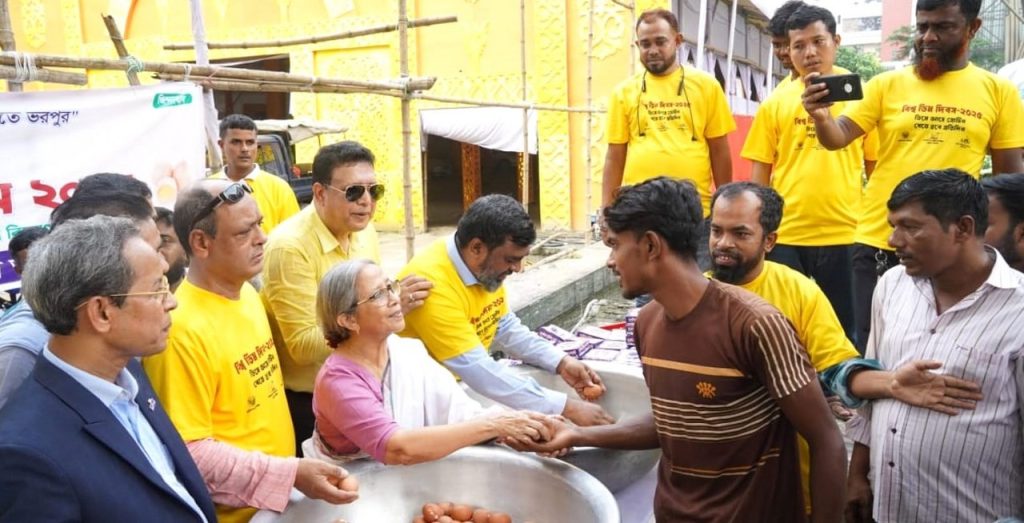30% of Char Land remains uncultivated

- Update Time : Monday, April 28, 2025
- 463 Time View
RN Desk: In the Barisal division, around 30% of the char (river island) land remains uncultivated. It has been reported that these lands are unsuitable for farming due to frequent submergence during high tides, the growth of tall grasses, and the accumulation of sand. According to the Barisal Department of Agricultural Extension, there are over 200,000 hectares of char land across six districts in the division. Out of this, crops are cultivated on about 144,000 hectares, while the rest remains fallow.
Various crops such as paddy, wheat, khesari (a type of lentil), felon (another pulse), mung bean, peanuts, soybean, chili, onion, garlic, mustard, watermelon, grass, maize, sunflower, and potato are cultivated in these areas. In the future, trees like palmyra palm, date palm, and coconut may also be planted.
Barisal has the highest amount of char land, with over 53,000 hectares, of which around 4,000 acres remain uncultivated. In Barguna, out of 52,209 hectares, approximately 32,500 hectares are uncultivated. In Bhola, nearly 47,500 hectares exist, of which about 29,000 hectares are used for farming. In Patuakhali, out of 42,000 hectares, around 4,000 hectares remain uncultivated. In Pirojpur, about 5,000 hectares exist, with around 1,000 hectares uncultivated. In Jhalokathi, out of 5,821 hectares, about 5,000 hectares are used for farming.
Nahid Bin Rafiq, an officer of the Barisal Agricultural Information Service, stated that the uncultivated char lands are submerged during high tides. Moreover, tall grasses grow in these areas, and some lands are filled with sand. He mentioned that if the soil could be turned into loamy sand, it would become suitable for farming.


